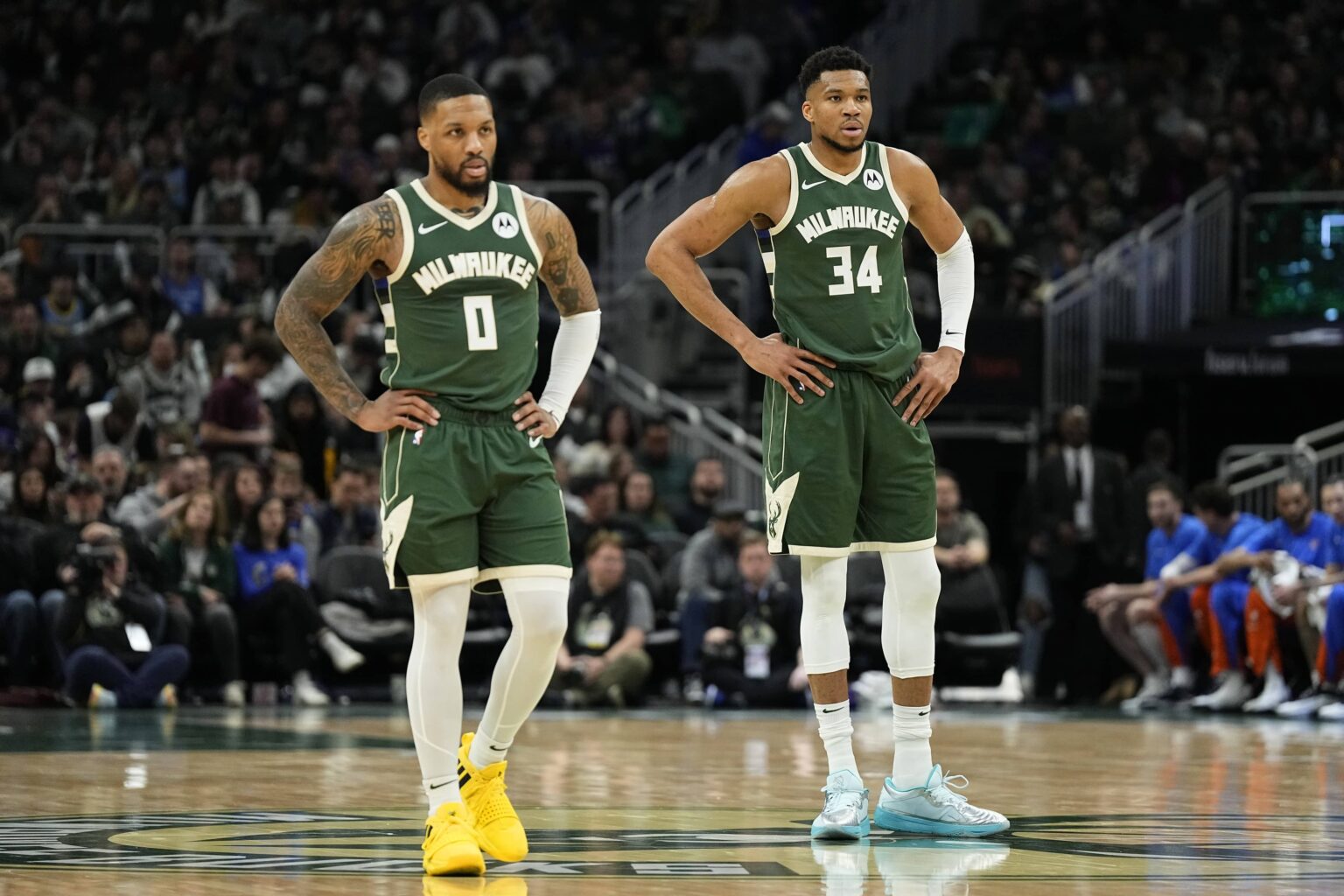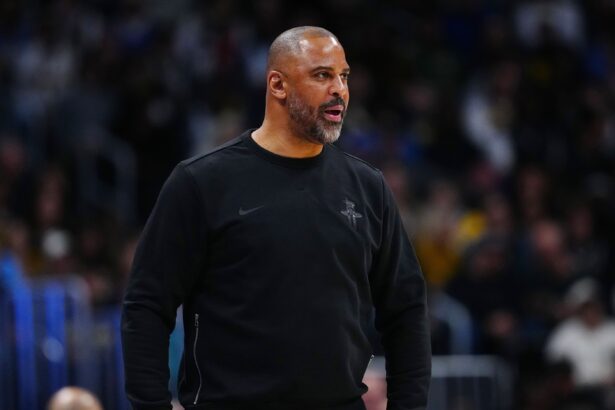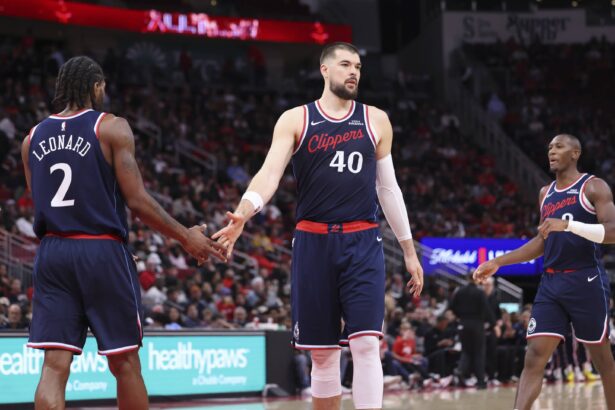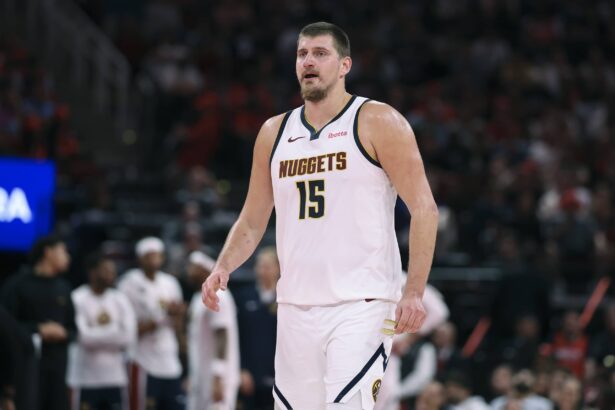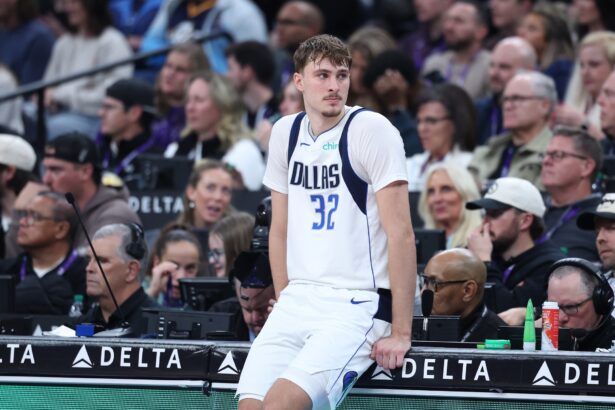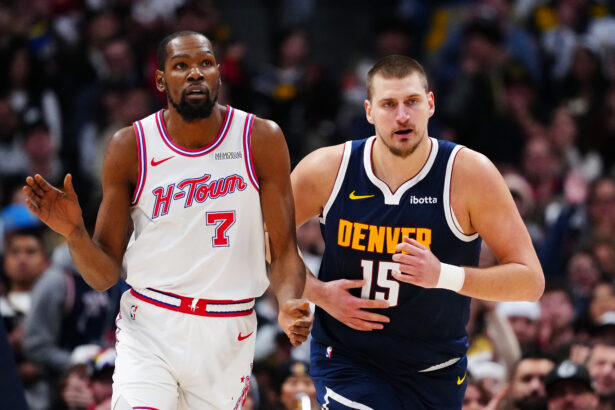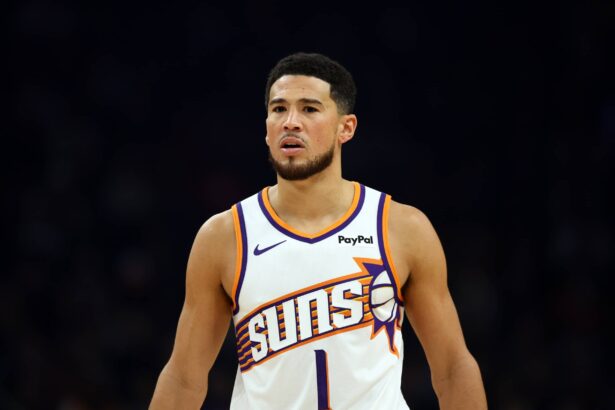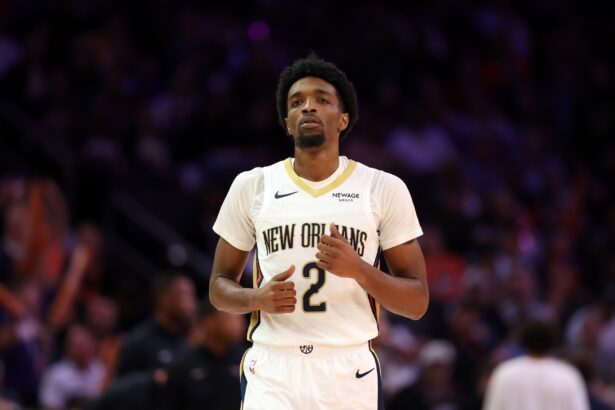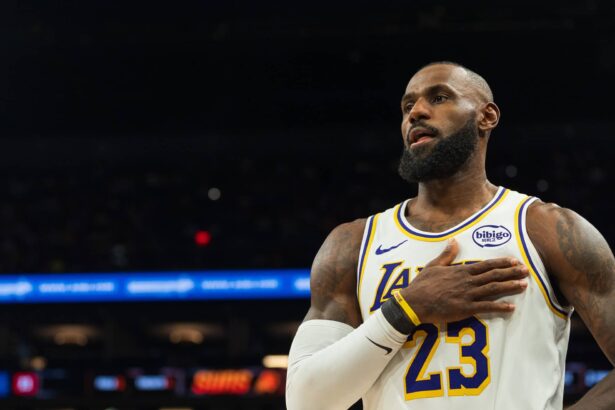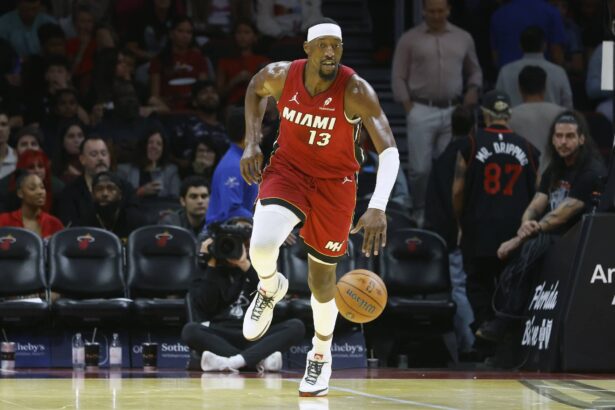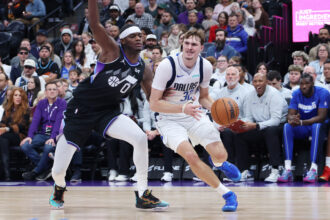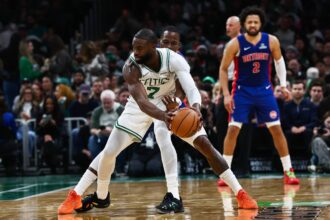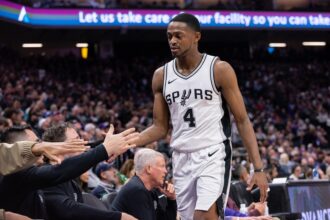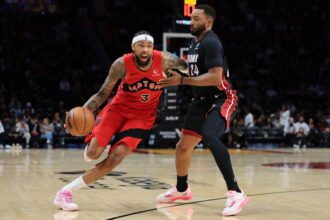When the Bucks lifted the trophy in 2021, it felt like they were set up for a long run at the top. Giannis was unstoppable, Khris Middleton was clutch, and Milwaukee had finally cracked the code to win it all. But since then, it’s been a rocky road, and this season’s ugly 1-6 start is just the latest chapter in their post-championship saga. It seems like every decision they’ve made since that parade has backfired in one way or another.
From letting go of key players to questionable trades and even some coaching shake-ups, the Bucks have been scrambling to find that old magic again. Injuries, too, have played a role, with Middleton and other core guys struggling to stay on the court. This article breaks down the worst moves the Bucks have made since their 2021 title run—and how those choices are still haunting them as they look for answers in a messy 2024 season.
Throwing Away Future First-Round Picks For Dame Time
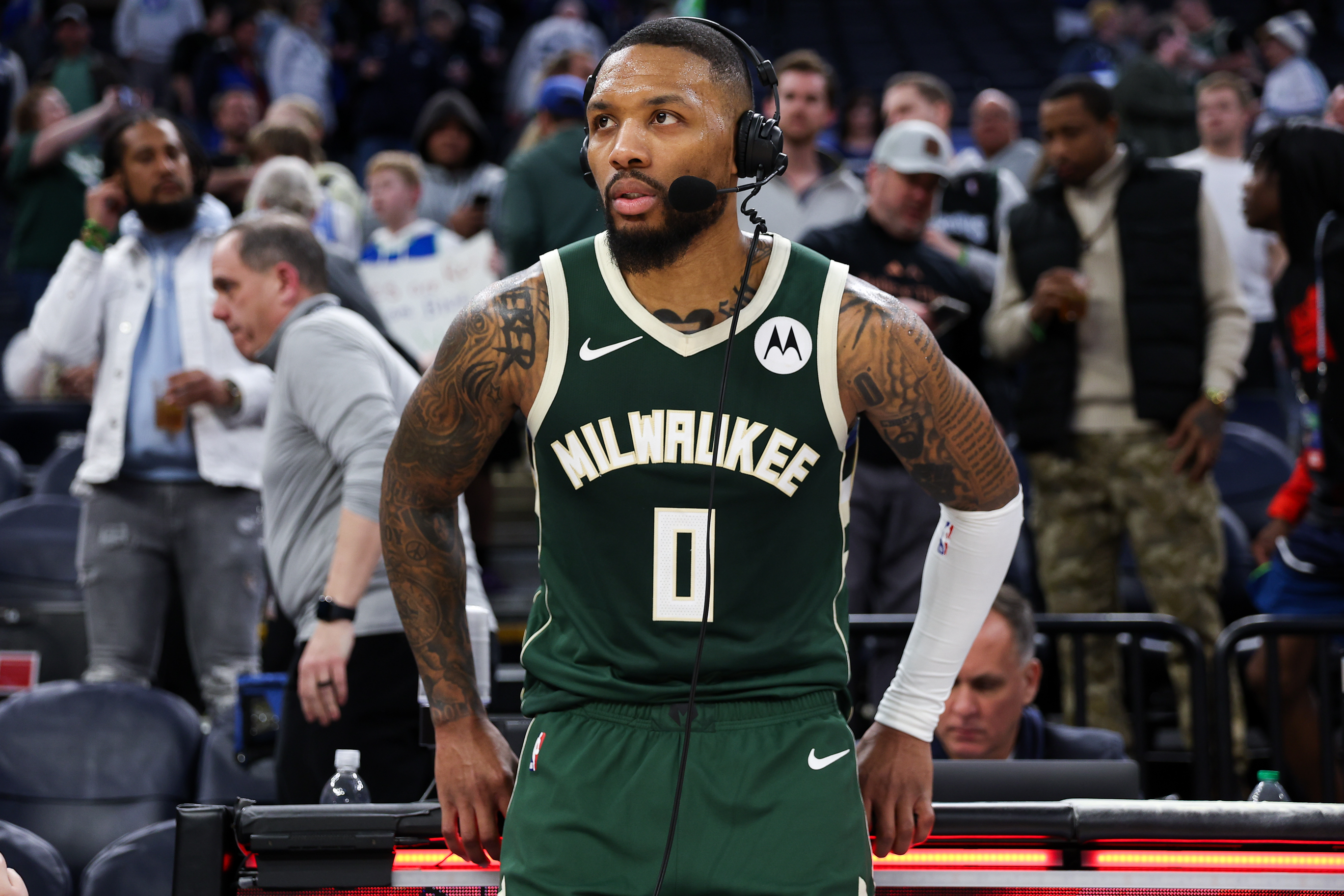
In September 2023, the Bucks went all in, giving up future first-round picks in 2028, 2029, and 2030 alongside a key player, Jrue Holiday, to get Damian Lillard. On paper, this was a dream pairing: a high-octane scorer like Lillard alongside Giannis, who’s one of the most dominant players in the league. It looked like the Bucks were building a super-duo, ready to claim another championship. But, as it turns out, the move came with some major trade-offs that we’re seeing unfold now.
During the 2023-24 season, Lillard had some solid games, averaging around 24.3 points, 7 assists, and 4.4 rebounds—definitely respectable numbers. But despite that, the team struggled to make everything click. Chemistry became a real issue. Giannis and Lillard, although elite individually, weren’t immediately syncing up on the court. While Lillard is used to being the go-to scorer, Giannis has always been the guy in Milwaukee, and that created some awkward moments in big games where it was unclear whose turn it was to take over.
These struggles carried into the playoffs. Bucks fans were hoping for a deep run, but the team ended up crashing out early, with a disappointing first-round exit. And it wasn’t just one of those “we got unlucky” situations. The team looked disjointed, and it seemed like they were still figuring out how to make the Giannis-Lillard duo work, although both stars went down with injuries at the start and end of the series. The whole dynamic raised a big question: did they give up way too much, way too soon, to make this happen?
Now, let’s jump to the current season. The Bucks’ start has been rough, to say the least, and the issues are piling up. Lillard’s numbers, while still strong, have taken a dip from his prime Blazers’ days. As of now, he’s averaging about 27.6 points, 6.7 assists, and 4.6 rebounds. His shooting has been inconsistent, with percentages hovering around 45.2% from the field and 39.1% from three, which isn’t quite what the Bucks were hoping for in their “big splash” trade. But the real problem is on the other end of the floor—defense.
Losing Jrue Holiday was a big blow defensively. Holiday was a lockdown defender who could cover the opposing team’s best guard, and without him, Milwaukee’s defense has seriously slipped. The Bucks are struggling to stop teams, and their defensive rating has dropped, leaving them near the bottom of the league. That defensive drop-off has been a huge factor in their 1-6 start, and without first-round picks to rebuild the roster in the future, they’re essentially stuck with this lineup.
On top of everything, there’s a looming issue of chemistry. Building a team around two superstars doesn’t always mean it’ll work perfectly. Both Giannis and Lillard are used to being the centerpieces of their teams, and adapting to each other’s styles has proven to be more challenging than expected. There have been moments in tight games where it’s unclear who should take the shot or lead the offense, and that uncertainty is costly. Plus, both players are hitting that age where wear and tear start to become a factor. Lillard especially has had injury issues in recent seasons, so relying heavily on him over the next few years is a risk.
The Bucks traded away a significant chunk of their future flexibility to make this trade happen. They don’t have first-round picks in 2028, 2029, or 2030, which means they’re low on options to add young, affordable talent down the line, and had already traded their picks from 2025 to 2027 on the Holiday deal with the Pelicans. If things keep heading south, rebuilding or retooling the team could take years, especially without the draft capital to make big changes.
Coaching Carousel: From Adrian Griffin To Doc Rivers
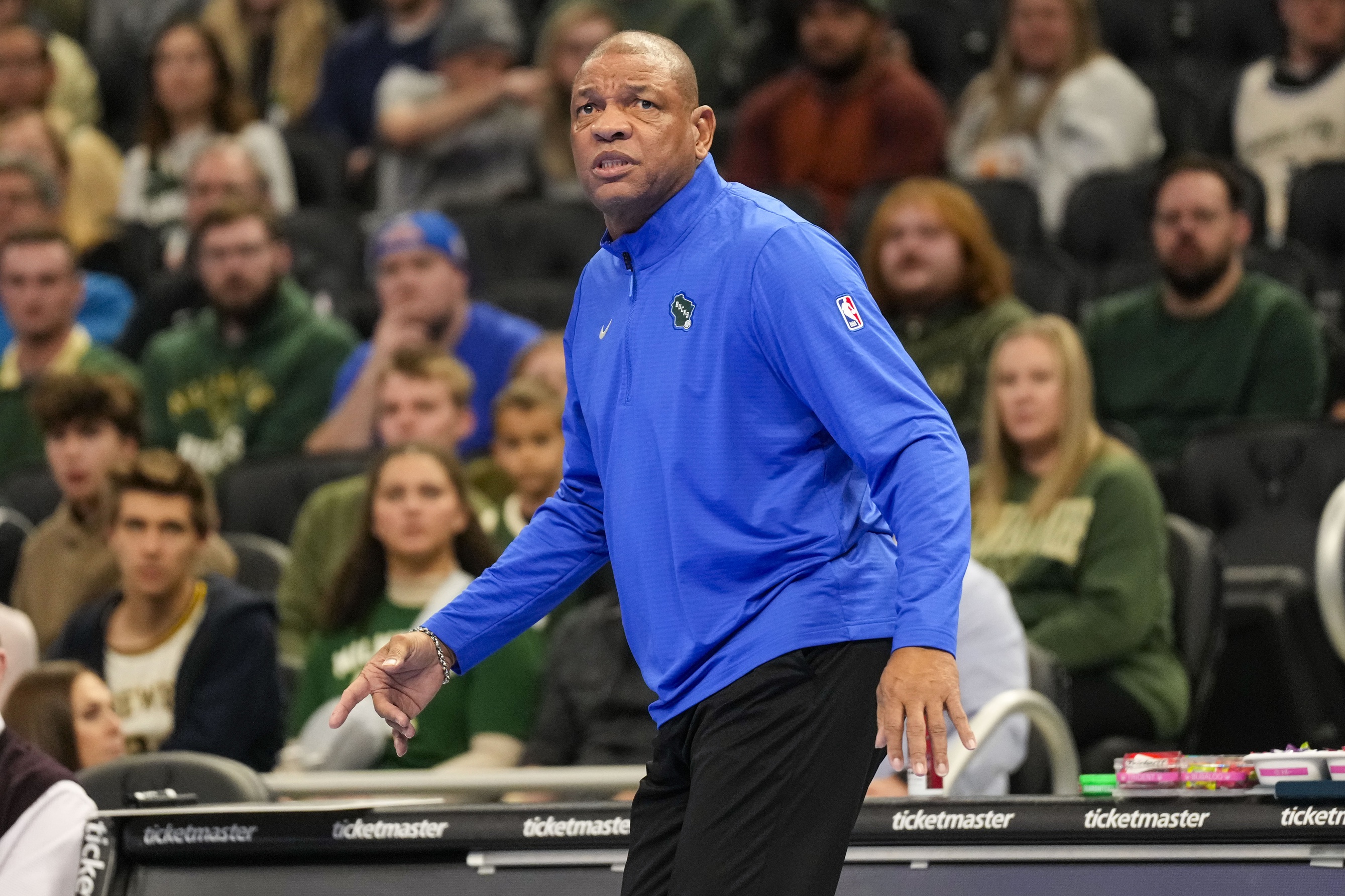
So, after parting ways with Mike Budenholzer, the Bucks decided to shake things up with a new head coach, Adrian Griffin. But the “fresh start” didn’t exactly go as planned. Griffin’s tenure didn’t even make it through the whole season. Even though he led the team to a solid 30-13 record, he was let go halfway through, reportedly because of issues with locker room vibes and a general lack of trust in his leadership style. Not exactly the type of midseason drama you’d expect for a team with championship dreams.
With Griffin out, the Bucks turned to Doc Rivers—a big name, sure, but one that’s come with some baggage. Rivers has tons of experience and a championship under his belt from way back with the Celtics in 2008, but his recent playoff history isn’t exactly stellar. He’s coached some stacked teams but has repeatedly fallen short in the playoffs, especially during his time with the Clippers and 76ers. Still, the Bucks were hoping that a veteran presence would bring some stability to the locker room and help turn things around.
Under Rivers, though, things went from “uh-oh” to full-blown “oh no.” The team stumbled to an 18-20 record for the rest of the season. It was clear that the chemistry was off, and Rivers wasn’t able to bring everyone together. Instead of making a deep playoff run, the Bucks crashed out in the first round, with the players looking more disconnected than ever. It didn’t help that the constant changes in leadership left everyone a little unsure of their roles.
Fast forward to the current season, and the Bucks are struggling with a rough 1-6 start. Fans are already starting to question whether the coaching carousel has messed with the team’s chemistry for good. Rivers is still trying to figure out how to get this team back on track, but after all the upheaval, it’s looking like Milwaukee’s championship dreams might be fading fast.
The Cost Of Holding Onto Khris Middleton

Khris Middleton has been a real wildcard for the Bucks in the past few seasons, bouncing between standout performances and frustrating injuries. Last season, he showed just how valuable he could be in the playoffs. Across six games, he averaged 24.7 points, 9.2 rebounds, and 4.7 assists per game, shooting a solid 48.2% from the field. Those numbers highlighted what he brings when he’s healthy—scoring, rebounding, and an extra bit of stability when things get tight in the postseason.
But here’s the catch: Middleton barely made it to the postseason in the first place. He played only 55 games in the 2023-24 regular season, missing a chunk of the year due to lingering knee and ankle issues. The Bucks have been hanging onto the hope that Middleton could stay healthy long enough to help them make another serious title run, but his constant setbacks have been a huge obstacle. Just when it looked like he was getting back into rhythm, another injury seemed to pop up, putting him back on the bench.
The Bucks doubled down on Middleton’s potential by giving him a three-year, $102 million extension in 2023. For a player who’s had such an unreliable track record with injuries lately, it was a risky move. They could have explored trading him while he still held value, but instead, they committed to him as a key piece for the foreseeable future. Now, with Middleton dealing with a new MCL sprain in his left knee, he’s out indefinitely, and the Bucks are paying a hefty price—both financially and in terms of roster flexibility.
Without a reliable wing player like Middleton, the Bucks’ offense and defense are missing that third cornerstone behind Giannis and Lillard. The team doesn’t have a strong backup plan for the wing position, and Middleton’s absence often leaves them scrambling to fill the gap with less experienced or inconsistent players. It’s clear that Milwaukee has struggled to adapt without his scoring and defensive presence, and the Bucks’ rough 1-6 start this season reflects how much his health impacts the team’s performance.
At this point, the Bucks are in a bind. Middleton is a game-changer when healthy, but his frequent absences are hurting the team’s chemistry and consistency. They’ve placed a huge bet on his recovery, but without a strong Plan B, they’re feeling the strain. If Middleton doesn’t make a full return soon, Milwaukee might be forced to rethink their “Big Three” model and make some tough calls about their future strategy.
Overpaying Brook Lopez

In an attempt to keep their core intact, the Bucks went all-in on Brook Lopez, re-signing him to a two-year, $48 million deal in the 2023 offseason. Lopez has been a significant part of Milwaukee’s identity, especially on the defensive end, where his shot-blocking and rim protection have bolstered the Bucks’ interior defense. Last season, he averaged 15.9 points, 6.7 rebounds, and an impressive 2.5 blocks per game, ranking among the league’s top shot-blockers. Disregarding Lopez’s continued productivity, committing this much cap space to a 35-year-old center has raised eyebrows around the league.
The Bucks made this move with an eye on continuity, keeping Lopez as the ideal frontcourt partner to Giannis Antetokounmpo. Lopez has adapted his game remarkably since joining Milwaukee, transforming from a traditional post player into a “3-and-D” center who can stretch the floor and anchor the defense. But even with his evolution, investing nearly $50 million in an aging player comes with risks. As players age, maintaining performance, especially in physically demanding roles like center, becomes a challenge, and the Bucks are banking on Lopez staying effective despite his advancing years.
What complicates the situation is that the Bucks’ heavy investment in Lopez has significantly impacted their flexibility in free agency. With so much of their cap space tied up in their veteran core—Giannis, Middleton, and now Lopez—the Bucks have limited options for signing new talent. Losing rotation players like Jae Crowder and Malik Beasley this past offseason highlights how restricted their ability to make roster changes has become. Rather than refreshing their supporting cast, they’re sticking with their aging stars and untested draftees, which might hurt them as other Eastern Conference teams continue to evolve.
Lopez’s contract also raises questions about the Bucks’ adaptability to the NBA’s shifting landscape, where speed and perimeter play have become increasingly important. While Lopez remains a defensive asset, his mobility and ability to guard on the perimeter aren’t at the level of younger, more versatile centers. This limitation can become a liability, especially in the playoffs, where teams often exploit slower defenders. By committing so heavily to Lopez, Milwaukee is taking a gamble that his defensive presence will outweigh any issues caused by his age and decreasing speed, showing big signs as he is currently posting just 10.9 points, 5.3 rebounds and 2.4 blocks on 39% from the field and a lackluster 28.2% on threes.
In the short term, the Bucks may benefit from Lopez’s presence, but long-term, this extension could become a problem. If his performance keeps on the decline, Milwaukee will find themselves stuck with a costly, aging player without the flexibility to easily pivot. In a league where adaptability is key, the decision to overpay Lopez may eventually come back to haunt the Bucks, especially if his play takes a hit as the season grinds on.
Lagging Behind While Others Level Up
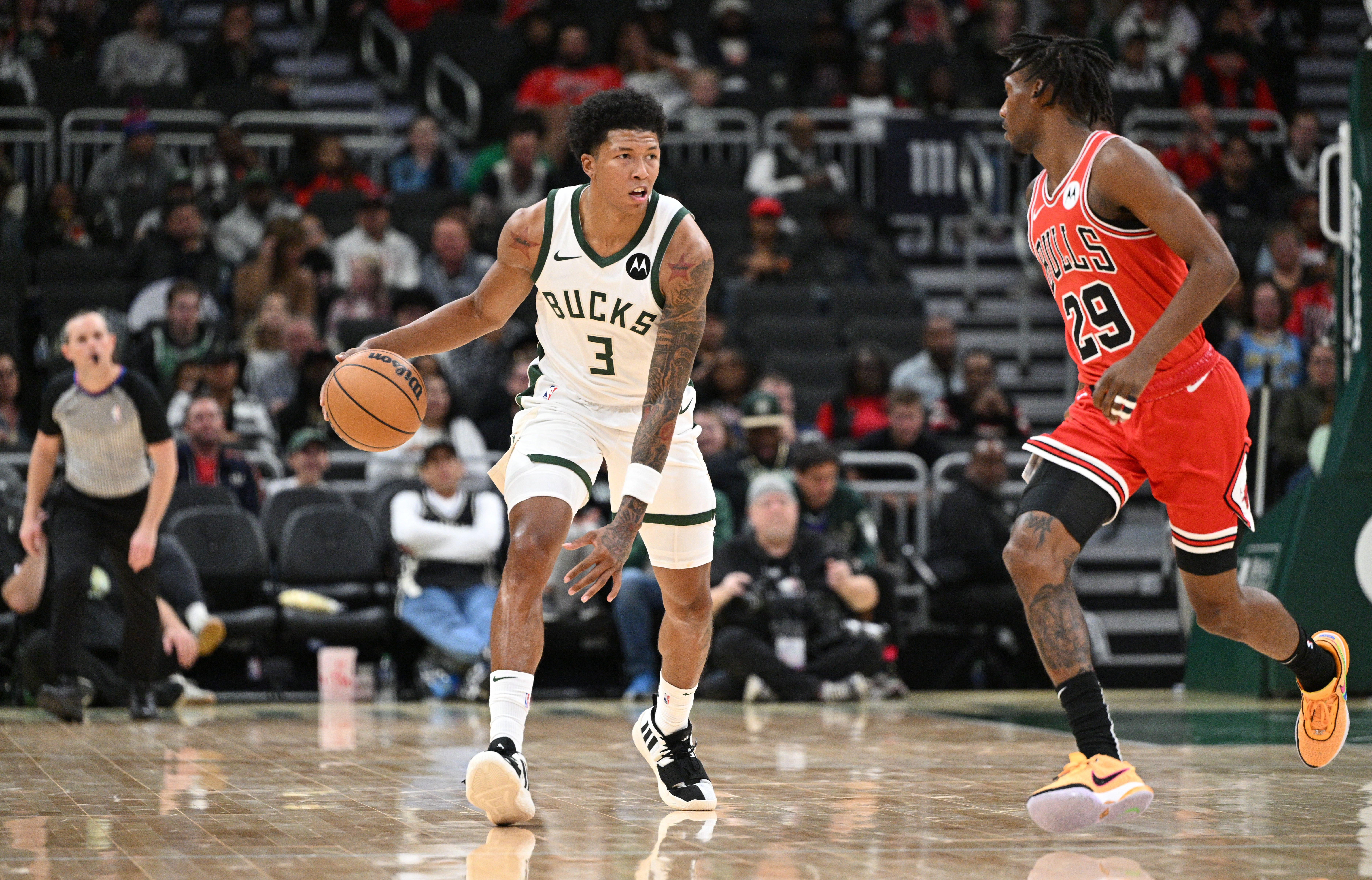
While other teams in the Eastern Conference have been aggressively retooling, the Bucks have clung to their 2021 championship core, adding mostly aging veterans rather than fresh talent. Meanwhile, competitors like the Boston Celtics have revamped their lineups with additions like Jrue Holiday, Derrick White, and Kristaps Porzingis, who were crucial on their 18th Championship quest last season. The Knicks, already an established team, went all-in for Mikal Bridges and Karl-Anthony Towns this offseason. In contrast, Milwaukee’s loyalty to their established players has left them with a roster that’s starting to look outdated. As the NBA shifts toward a faster, more dynamic style, the Bucks’ lack of flexibility and new talent has become glaringly obvious.
The Bucks have a handful of young players, but none seem poised to make a major impact soon. MarJon Beauchamp, who was selected in the 2022 draft, is one of the more promising names, but he’s still very much a developing talent and the team will decline his team option for next season. While he shows flashes of potential as a versatile wing with defensive instincts, he hasn’t yet shown he can step up consistently in big moments or provide the scoring punch the Bucks need off the bench. Similarly, AJ Green and Andre Jackson Jr. bring some energy but lack the experience or skill refinement to be dependable rotation players for a team with championship aspirations.
Adding to this youth pool are Chris Livingston and rookie AJ Johnson, an intriguing bet from the 2024 draft, but they’re also long-term projects rather than immediate contributors. Livingston has potential as a solid two-way player, yet he’s raw and needs significant development to be a reliable option. Johnson, though athletic, has yet to show he can handle the physical and mental demands of the NBA. At this point, none of these younger players are ready to shoulder the responsibilities that come with backing up or stepping in for Milwaukee’s veteran stars, and it’s doubtful they’ll be able to bridge the gap as the Bucks’ core ages.
With this reliance on unproven youth, the Bucks are left looking slow and shallow compared to deeper teams. Their older, slower veterans can struggle to keep up with younger, quicker lineups, and without reliable bench depth, they’re forced to play Giannis, Lopez, and Middleton for heavy minutes. This over-reliance on aging stars not only wears down the core but also limits the Bucks’ ability to adapt mid-game. As opponents like Boston can rotate fresh players and adjust to the pace, Milwaukee often appears stuck in a traditional, slower style that’s increasingly easier to counter.
A lack of trade assets has further compounded the issue. Having traded multiple future first-round picks and swap rights, most recently in the Damian Lillard deal, the Bucks are low on options to revamp the roster through the draft or trades. This shortage of resources means they can’t make the same adjustments or bring in high-impact young talent, which has left the roster looking stagnant and vulnerable. With little flexibility, Milwaukee is stuck in a holding pattern that risks becoming a major setback as other teams continue to evolve.
In a league where adaptability and depth are becoming non-negotiable, the Bucks’ reluctance to bring in fresh talent and rely on their younger players is a worrying sign. The team is aging, the bench lacks firepower, and there’s minimal flexibility to adapt in the near future. If the Bucks hope to remain contenders, they’ll need to break from this stagnant approach and find ways to inject both youth and depth into the roster—or risk being left behind as the NBA continues to move forward.

